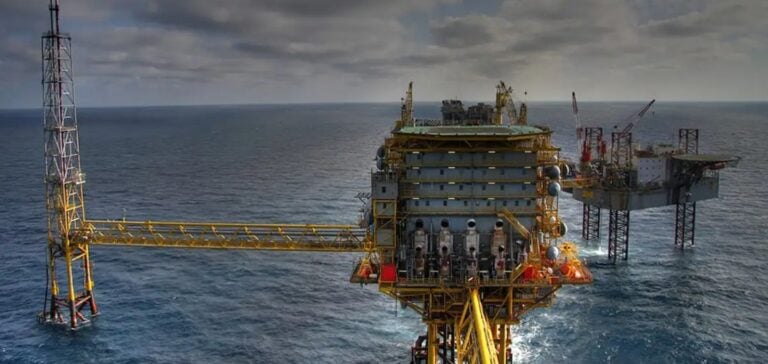Shell is ramping up its oil exploration activities offshore Suriname. The company plans to drill up to four wells in Block 65, with the first, named Araku Deep-1, set to spud in the second quarter of 2025. Located at a depth of 960 meters, this block was awarded to Shell and its Qatari partner during the Demerara licensing round in 2023.
This initiative forms part of a dynamic regional context, highlighted by major projects such as GranMorgu in the neighboring Block 58, operated by TotalEnergies and APA Corporation. With a $10.5 billion investment, this project aims to extract 750 million barrels starting in 2028, ushering in a new era for Suriname’s energy sector.
Expanding Gas Campaigns
Meanwhile, Petronas is advancing its gas development efforts in the country. In partnership with ExxonMobil, Petronas is considering developing the Sloanea gas field in Block 52 through a Floating Liquefied Natural Gas (FLNG) facility. This project would be a first for Suriname, positioning it as a major gas exporter.
To support this development, national oil company Staatsolie signed an agreement with Petronas in 2024, including a 10-year tax exemption period starting from production. However, the project’s future remains contingent on the results of the general elections scheduled for May 2025.
Strategic Seismic Surveys
As part of its exploration efforts, Petronas has mobilized the Amazon Warrior vessel, owned by Norwegian company Shearwater, to conduct a 3D seismic survey covering 6,042 km² in Blocks 63 and 52. This campaign, set to last 150 days, will provide critical data to guide future developments.
Block 63, located southeast of Block 42 operated by Shell, is particularly strategic for mapping the region’s gas resources. These efforts highlight the energy sector’s intent to maximize the Suriname Basin’s potential amidst intense regional competition.
Key Energy Potential
To the west of Suriname, the Guyana-Suriname Basin continues to attract significant interest, notably with the Stabroek Block in Guyana, operated by ExxonMobil and partners. These projects, producing over 600,000 barrels per day, demonstrate the region’s potential to meet growing global energy demand.
Shell and Petronas’ developments strengthen Suriname’s position as a key player in the oil and gas sector while laying the groundwork for sustained economic growth through its natural resources.






















